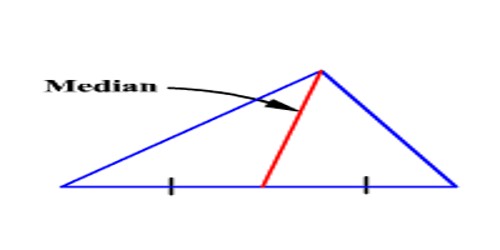When there are a lot of particles present, they tend to behave differently. Due to the growing complexity and enormous amount of data, it quickly becomes very difficult to calculate the microscopic models that characterize their behavior.
Researchers who are interested in the dynamics of macroscopic systems, including nature, populations, or malignancies, may find this to be a difficulty.
Mathematician Jasper Hoeksma has found a way to create mathematical equations that are valid at both levels by taking the number of particles to infinity. He successfully defended his thesis at the department of Mathematics and Computer Science on Friday, February 3, 2023.
It turns out that many things may be explained in terms of particles, including objects that move, wriggle, hop, or even appear and disappear when viewed via a microscope or telescope. Particles can be molecules, bacteria, pixels, plants, planets, or sometimes even people.
In his thesis, mathematician Jasper Hoeksema has investigated the following question: what happens if you put many particles together, take a few steps back, and squint your eyes a bit?
“Instead of individual particles, you suddenly start to see vague colors or shades of gray. These roughly correspond to how many particles there are at any given spot. The more particles there are, and the further you step back, how sharper this picture becomes. Just like a painting in a museum that only makes sense when you look at it from a distance,” explains Hoeksema.”
“Mathematically, you can even talk about what happens if you take the number of particles to infinity, which is precisely what I did.”
It is not often that mathematics succeeds in catching up with the practical research of physicists and their models. This shows why mathematics at a theoretical level matters, even if the applications are ten to twenty years away.
From micro to macro
Answering this question does more than merely satisfy a mathematical curiosity, says Hoeksema.
“It serves to bridge two ways of looking at reality that are often worlds apart. While microscopic models track the state of all particles in a system individually, macroscopic models look at the world from a more abstract level, describing qualities like movement, density, velocity and temperature.”
“Take the behavior of minute cracks in metal structures. It’s relatively easy to describe the way these fissures attract and repel each other as a random (stochastic) process. But what if you want to explain how a metal beam bends? You can of course try to aggregate the insights you gained at the microscopic level, and deduce from that how things work at a macroscopic level. But these calculations very quickly become very costly.”
“As an alternative, engineers have come up with alternative models that, although less rigorous, can be used for experimental observations. My question is: how can I bring these models together? How can we derive a mathematical equation that fits both realities and is also rigorous?”
Two scenarios
For this, Hoeksema looked at two scenarios: one where particles attract and repel each other (like metal cracks), and one where particles are being added and removed (like changes in population, ecology and tumors).
In both instances, he was able to demonstrate that when the particle count approaches infinity, the particle density increasingly satisfies a specific mathematical equation. Also, he computed the odds that the particles would behave differently from what was predicted, and the results demonstrate that these odds became lower and smaller.
“All of this guarantees that in the end we can throw away the positions of all the particles, and only have to worry about the mathematical equation itself,” says Hoeksema. “This equation will allow you to make accurate predictions about the behavior of dynamic systems at a macroscopic level, without requiring massive amounts of computing power.”
Hoeksema is quite pleased with the outcomes of his mathematics studies, which are a part of a larger research effort directed by Oliver Tse, his supervisor. “It is not often that mathematics succeeds in catching up with the practical research of physicists and their models. This shows why mathematics at a theoretical level matters, even if the applications are ten to twenty years away.”















